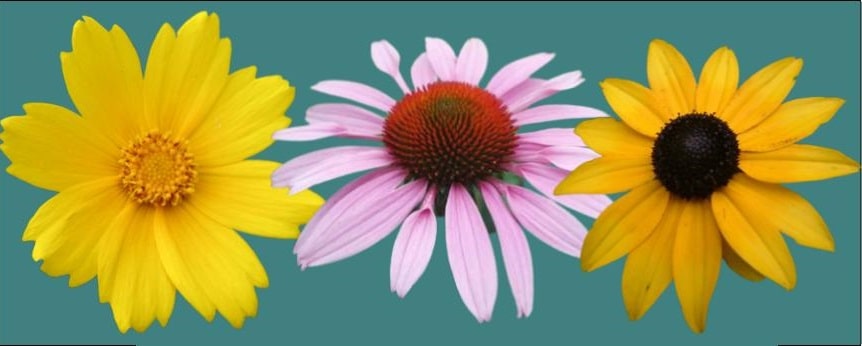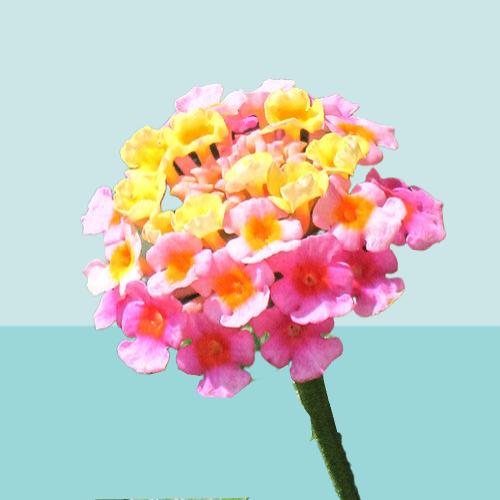Which plants grow well in Chickasaw?
Plant and flower species growing in Chickasaw. Good plants always grow in fertile soil. Improved soil and water management increases the land’s capacity to withstand extreme climate events such as droughts, floods and sand/dust storms. Healthy soils act as a carbon sink, sequestering carbon from the atmosphere, contributing to both climate change adaptation and mitigation efforts.
Why is soil quality important? Soil quality is defined as the main soil property that increases biological activity, protects and maintains environmental quality, and fulfills the function of plant production within the boundaries of the ecosystem. Chickasaw, Alabama, has a warm, humid subtropical climate that offers a favorable environment for a wide range of plants. Here are some plants that tend to grow well in Chickasaw:
- Native Shrubs and Trees: Opting for native plants is a good choice as they are well-adapted to the local conditions. Some native options for Chickasaw include Southern magnolia (Magnolia grandiflora), red bay (Persea borbonia), yaupon holly (Ilex vomitoria), and American beautyberry (Callicarpa americana).
- Southern Favorites: Many plants commonly associated with Southern gardens also thrive in Chickasaw. These include azaleas, camellias, crepe myrtles, and gardenias. These plants prefer acidic soil, partial shade, and provide beautiful blooms and fragrances.
- Palms: Some palm trees can be successfully grown in Chickasaw’s climate. Consider varieties like windmill palm (Trachycarpus fortunei) or needle palm (Rhapidophyllum hystrix) that are more cold-hardy and can withstand occasional winter chill.
- Perennials: Perennial flowers that do well in Chickasaw include daylilies, coneflowers, black-eyed Susans, salvias, coreopsis, and verbena. These plants offer colorful blooms and are generally low-maintenance once established.
- Vegetables and Herbs: Chickasaw’s climate is suitable for growing a variety of vegetables and herbs. Tomatoes, peppers, squash, cucumbers, okra, beans, basil, thyme, and rosemary are some popular choices that can thrive in local gardens.
- Ornamental Grasses: Ornamental grasses, such as pampas grass (Cortaderia selloana) and maiden grass (Miscanthus sinensis), can add texture and movement to the landscape while being relatively low-maintenance.
- Palmettos: Saw palmetto (Serenoa repens) is a native palm-like plant that can be found in coastal areas around Chickasaw. It adds a touch of natural beauty and can be incorporated into landscaping designs.

When selecting plants for your Chickasaw garden, consider factors like sunlight exposure, soil type, and water availability. It’s also helpful to consult with local nurseries, garden centers, or extension offices for specific recommendations based on your location’s microclimate and soil conditions. Flowers of the Chickasaw >>
Native and popular flowers grown in Chickasaw
In Chickasaw, Alabama, you can grow a variety of native and popular flowers that thrive in the region’s warm and humid subtropical climate. Here are some examples of native and popular flowers that do well in Chickasaw:
- Coreopsis (Coreopsis spp.): Coreopsis is a native wildflower with bright and cheerful yellow, orange, or red blooms. It is known for its tolerance to heat and drought, making it a great choice for Chickasaw gardens.
- Black-eyed Susan (Rudbeckia hirta): This native wildflower features vibrant yellow or orange daisy-like flowers with dark centers. It is a hardy perennial that attracts pollinators and adds a pop of color to garden beds or borders.
- Coneflowers (Echinacea spp.): Coneflowers are native perennials that come in various colors, including shades of pink, purple, and white. They have distinctive cone-shaped centers and are attractive to bees, butterflies, and birds.
- Lantana (Lantana spp.): Lantana is a popular flowering shrub that produces clusters of brightly colored flowers in shades of yellow, orange, pink, and purple. It is heat-tolerant, attracts butterflies, and blooms throughout the summer.
- Salvia (Salvia spp.): Salvias are versatile plants that come in different sizes and flower colors, including shades of blue, purple, pink, and red. They are loved for their long-lasting blooms and ability to attract hummingbirds and butterflies.
- Gaillardia (Gaillardia spp.): Gaillardias, also known as blanket flowers, are native wildflowers with striking red and yellow or orange blooms. They are drought-tolerant and provide a burst of color to garden beds or meadow-like landscapes.
- Zinnia (Zinnia spp.): Zinnias are popular annual flowers that come in a wide range of vibrant colors. They are easy to grow, attract butterflies, and provide long-lasting blooms throughout the summer.
- Verbena (Verbena spp.): Verbena is a low-growing perennial or annual flower that blooms in clusters of small flowers in shades of purple, pink, red, or white. It is a great choice for hanging baskets, containers, or as groundcover.

When incorporating these native and popular flowers into your Chickasaw garden, consider their specific sunlight, water, and soil requirements. Planting them in well-drained soil, providing adequate water, and placing them in areas that receive appropriate sunlight will help them thrive. Which plants grow in Chickasaw? >>
Types of fruits and vegetables grown in Chickasaw
In Chickasaw, Alabama, a variety of fruits and vegetables can be successfully grown due to the region’s warm and humid subtropical climate. Here are some common fruits and vegetables that can thrive in Chickasaw:
- Tomatoes: Both determinate and indeterminate varieties of tomatoes can be grown in Chickasaw. Popular choices include cherry tomatoes, beefsteak tomatoes, and Roma tomatoes.
- Peppers: Bell peppers, jalapeños, banana peppers, and other varieties of peppers are well-suited to Chickasaw’s climate.
- Squash: Yellow squash, zucchini, and other summer squash varieties can be grown in Chickasaw gardens. These vegetables tend to produce abundantly during the summer months.
- Cucumbers: Both slicing cucumbers and pickling cucumbers can be grown in Chickasaw. They thrive in the warm weather and provide a refreshing addition to summer salads.
- Beans: Bush beans and pole beans can be cultivated in Chickasaw gardens. These include varieties like green beans, wax beans, and snap beans.
- Corn: Sweet corn is a popular choice for home gardeners in Chickasaw. It requires fertile soil and consistent moisture during the growing season.
- Okra: Okra is a heat-loving vegetable that performs well in Chickasaw’s climate. It produces tender pods that can be used in various culinary preparations.
- Watermelon: Watermelon thrives in Chickasaw’s warm weather. It requires plenty of space to spread out and regular watering.
- Blueberries: Blueberry bushes are well-suited to Chickasaw’s acidic soil conditions. They require full sun and consistent moisture.
- Herbs: Various herbs can be grown in Chickasaw gardens, including basil, parsley, mint, rosemary, thyme, and oregano.
It’s important to consider the specific growing requirements for each fruit or vegetable, including sunlight, soil conditions, and watering needs. Additionally, timing your planting according to the recommended planting dates for each crop in the region is crucial for success. Consulting local gardening resources, such as extension offices or nurseries, can provide further guidance on specific varieties and best practices for growing fruits and vegetables in Chickasaw.





